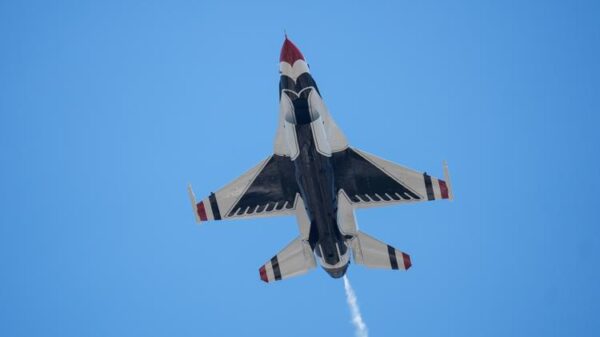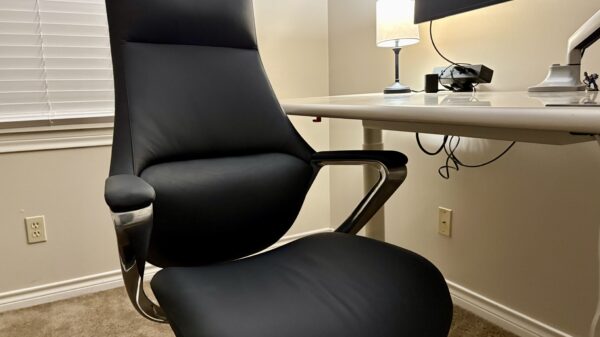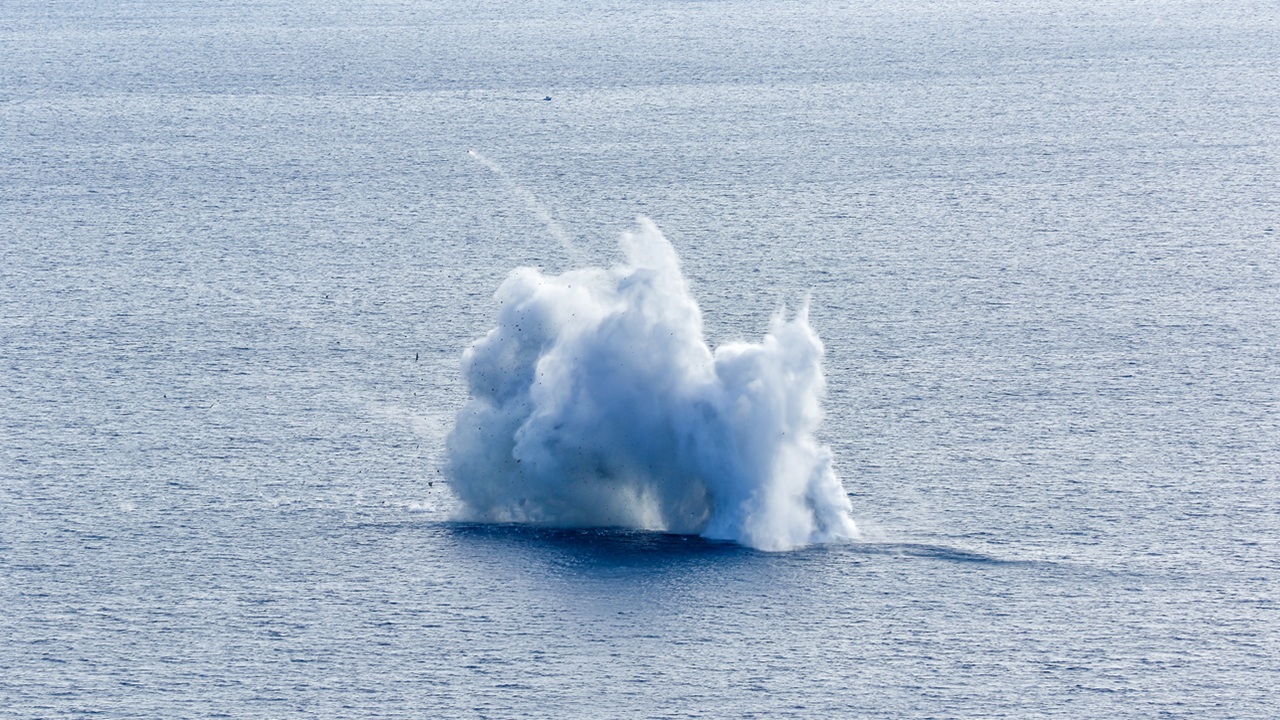Turkey has unveiled the Arida-M, a new naval drone designed specifically to counter other unmanned vehicles in maritime warfare. Announced at the SAHA EXPO 2024 in Istanbul, this innovative drone represents a significant advancement in Turkey’s unmanned naval capabilities, aimed at safeguarding naval assets against emerging threats.
The Arida-M Counter-Kamikaze Unmanned Surface Vehicle (USV) system addresses the increasing danger posed by kamikaze drones and explosive-laden boats, which have become more prevalent in asymmetric warfare. Developed by Turkish defense firm Anadolu Robotik in collaboration with Sekizaltmiş Teknoloji, the system is intended to protect ports and coastal facilities from low-cost, high-impact attacks.
The need for such a system is underscored by recent conflicts, including the Russia-Ukraine War and operations by the Houthi movement in the Red Sea, where kamikaze USVs have demonstrated their ability to inflict significant damage on traditional naval forces. As these tactics evolve, nations are increasingly focused on developing countermeasures to ensure maritime security, and Turkey is positioning itself as a leader in this domain.
The Development and Capabilities of Arida-M
The development of the Arida-M began in October 2024, with the project structured into two phases. The initial phase focuses on the Arida-M as a “smart munition,” with sea trials set to commence in May 2025. Following these trials, the second phase will integrate the Arida-T command unit and additional prototypes, with live detonation tests scheduled for November 2026. This phased approach allows for iterative improvements based on real-world data, enhancing the system’s reliability and effectiveness.
The Arida-M system is designed to be modular, featuring two primary subsystems for various operational roles. The Arida-T acts as a command-and-control platform, equipped with advanced detection and surveillance capabilities. It includes electro-optical/infrared sensors, hydrophones, radar, and a jammer with a range of 30 kilometers to disrupt enemy communications.
In contrast, the Muhafiz USVs form the core of the Arida-M system, designed to intercept enemy USVs. These vehicles can carry a payload of 30 kilograms for sensors and communication equipment, alongside 50 kilograms of explosives for neutralizing threats. Engineered for operation in harsh maritime conditions, the Muhafiz USVs utilize multi-layered sensing technology, combining radar, electro-optical systems, and hydrophones for enhanced detection capabilities.
Implications for Naval Warfare
The introduction of the Arida-M positions Turkey as a key player in the development of countermeasures against unmanned maritime threats. The system not only enhances Turkey’s layered defense capabilities but also presents potential export opportunities to allied nations facing similar challenges. By effectively countering kamikaze tactics, the Arida-M could shift the balance in asymmetric conflicts, serving as a deterrent to aggressors while protecting vital sea routes.
As global navies increasingly adopt unmanned technologies, the Arida-M highlights Turkey’s commitment to innovation in defense strategies. Ongoing tests and a phased rollout of the system could lead to expanded roles in swarm defenses and hybrid operations, showcasing Turkey’s adaptive engineering in response to evolving maritime threats.
The Arida-M counter-kamikaze USV system exemplifies Turkey’s advanced defense capabilities, integrating autonomy, speed, and precision to tackle new challenges in naval warfare. With its development proceeding on schedule, the Arida-M promises to redefine maritime security as countries adapt to the changing landscape of warfare.







































































